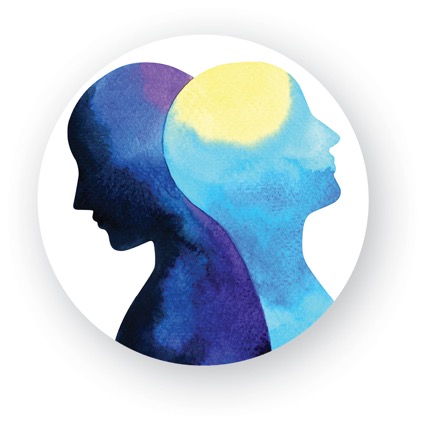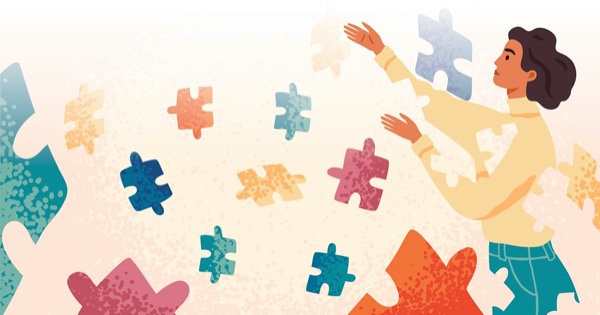By Bob Kronemyer
Originally published by our sister publication, Anesthesiology News
There is no “right way to feel” during the COVID-19 pandemic, and its impact on healthcare organizations cannot be overstated. In this climate, it is critical that healthcare employers remain vigilant in their efforts to prioritize the mental health and well-being of their employees.
“We have found that the best way to stay aware of our colleagues’ mental health is by having it top of mind and simply checking in with both clinical and corporate colleagues on a regular basis,” said Josh Lumbley, MD, the chief quality officer at NorthStar Anesthesia, a large group practice based in the Dallas-Fort Worth metroplex, with an additional office in Washington, D.C. NorthStar Anesthesia employs nearly 3,000 clinicians.
“Sometimes that is as easy as asking an individual how they are feeling and how they are handling the world that we live in right now, and where feasible, offering our assistance to help ease as many burdens as possible,” Lumbley said. “We are keenly aware of the elevated risk of burnout, and want to do everything we can to enable our clinicians to focus on clinical excellence and patient safety.”
Often, there is a sense of relief in recognizing shared challenges and experiences. “You can see a person relax as they open up to others about some of the hardships faced at work or in daily life,” Lumbley said.
Goal Evolved as Pandemic Persisted
Historically, NorthStar has offered mental health and wellness resources through its benefits offerings, including an employee assistance program that provides support for life’s challenges—whether emotional, financial or legal.
“With the onset of COVID in March 2020, mental health and wellness was truly thrust into the forefront,” said Lumbley, who recently published an article titled “Lessons From the Pandemic: The Intersection of Mental Health, Wellness, and High-Quality Patient Care” in ASA Monitor (2021;85:27).
The physical and emotional strain placed on physician anesthesiologists and other healthcare workers from COVID-19 “has been seemingly unending,” Lumbley said.
At the beginning of the pandemic, NorthStar’s goal was to ensure clinicians could maintain their focus on patient care. To accomplish this, the organization formed a cross-functional working group to promptly address all COVID-19–related clinical questions and issues concerning benefits.
Personal protective equipment was procured and shipped to all clinicians in locations where there was an inadequate supply. “We also made sure that clinicians were aware that their compensation would be kept whole, regardless of whether their facility was experiencing a surge of COVID patients or extremely low volumes due to canceled elective cases,” Lumbley said.
After the acute initial phase of the pandemic, NorthStar broadened its focus to include dedicated resources to support mental health and wellness. This included daily communications from clinical leadership, access to a secure forum where clinicians could discuss COVID patient care and best practices, along with opportunities for all employees to participate in anonymous guided counseling sessions.
NorthStar intends to continue establishing thoughtful and sustainable programs and strategies to support the mental health and well-being of its employees. “It’s the right thing to do,” Lumbley said. “We understand that addressing mental health is a marathon, not a sprint,” he said,. “We are committed to establishing a culture where our employees feel supported in the most difficult of times.”
‘Battle Buddies’ Protect Against Burnout
Anoushka Afonso, MD, the director of enhanced recovery programs for the Department of Anesthesiology and Critical Care at Memorial Sloan Kettering Cancer Center, in New York City, said there are many key lessons to be learned as clinicians continue to be strained physically and mentally by the pandemic.
“These include communication that is open and transparent from leadership, maintaining a dedicated COVID task force to update front-line clinicians on best practices, and mental health resources for employees,” Afonso said.
The mental health and wellness of anesthesiologists have to be prioritized, according to Afonso. “We need to protect physicians against burnout. Individual-based interventions are not enough. We need to have institutional support and recognition of the problem from a system level.”
Team-building activities to strengthen bonds between employees, peer mentoring and peer support are crucial, as reflected in the Battle Buddy Program, “which was originally developed by the U.S. Army to provide proactive resilience support,” Afonso said. Mental health resources also need to be subsidized by the employer.
“Combating social isolation, paired with the demands of the job, can be challenging,” Afonso said. “We need to find targeted solutions.”




